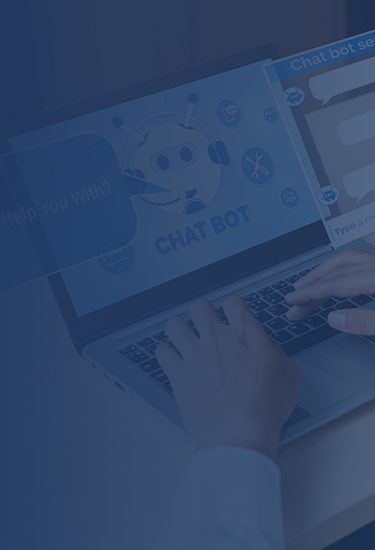Tangentia, a global leader in digital transformation solutions, announced today that they have strengthened their partner network with the addition of Soroco, a leading provider of process discovery, task mining, and process transformation solutions that are based on an AI-powered #work-graph approach.

This new partnership will allow Tangentia to provide their clients with Soroco's work graph platform – Scout, enabling them to discover end-user interactions to discover, monitor, and improve processes in real-time.
“We are thrilled to join forces with Soroco,” says George Bennett, VP of Business Development for Tangentia. “This partnership will allow us to leverage Soroco Scout, their work-graph platform that will help our clients accelerate their digital transformation programs through a discovery-led process that is world-class”
With head offices in Boston, London and Bangalore, Soroco has a global presence that allows them to provide task mining, process discovery and intelligent process transformation solutions to clients no matter where they are located.
“Streamlining processes helps companies harness the power of automation,” says Vijay Thomas, CEO of Tangentia. “Our partnership with Soroco will make it even easier for us to empower our clients to fill in technology gaps, lower costs and increase productivity by helping them turn unstructured task and process data into insights they can use to improve processes companywide.”
Samson David, CEO of Soroco said, “We are happy to partner with Tangentia who are a leading boutique consulting, technology, and outsourcing firm with global presence. Our partnership would help bridge the most challenging technology gaps for their customers in e-commerce, supply chains, and various industries and help them accelerate their automation and digital transformation programs by discovering their work graph.”
Tangentia and Soroco share the same strategy of building a partner network that will allow them to bring the world’s leading automation software and service providers together to ensure their clients have access to cutting-edge solutions
Tangentia’s think global, act local approach to their solutions, combine with nearly 20 years of experience in digital technology, allows them to help clients across numerous industries simplify their relationship with technology and accelerate their adoption of automation. Click here to learn more about Tangentia Automation.
About Tangentia
Since 2003, Tangentia has been at the leading edge of the technological revolution, helping clients simplify their relationship with technology. Based in Toronto, Canada, they also have offices in New York and Goa, making it possible to reach clients across the globe and across industries.
About Soroco
Soroco is on a mission to discover how the world works to help teams be their best. To do this, we are evangelizing and commercializing the “work graph”, which is a structured view of how teams get work done across people, process, technology, and documents. The “work graph” unifies disjoint categories like Process Mining, Task Mining, user training, BPM and RPA to provide a single source of truth. Teams can use the work graph to identify and resolve sources of friction at work, such as technology impediments, poor process design, opportunities for learning and collaboration, among others. Soroco’s work graph platform, Scout, enables a culture of continuous improvement and identifies benefits from applying a portfolio of change levers, delivering targeted change programs at scale. Soroco has offices in Boston, London, and Bangalore with a roster of Fortune 500 customers across 30 countries. Our team has published 150+ papers and patents. Visit www.soroco.com to learn how we help teams discover their work graph.















































